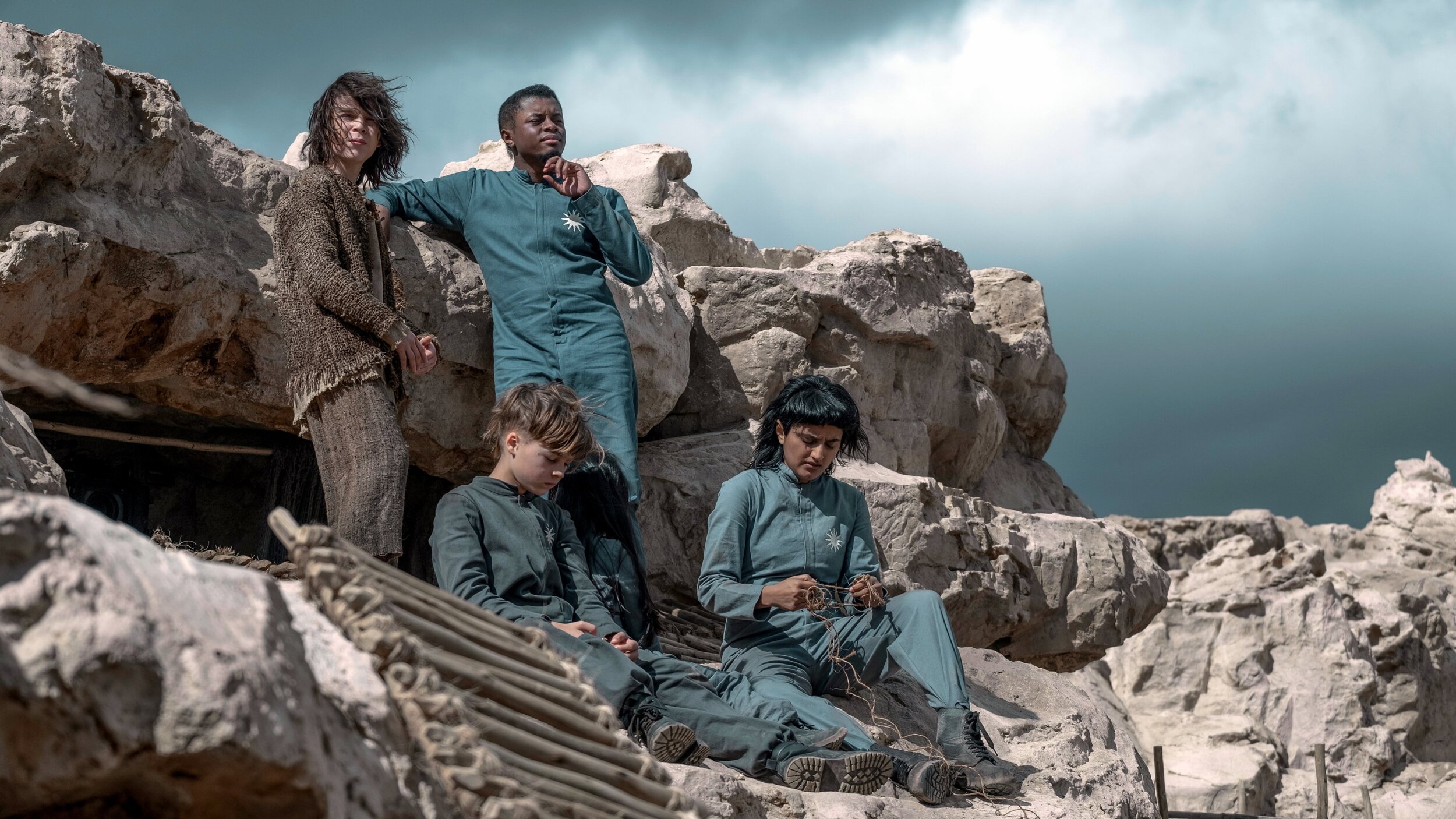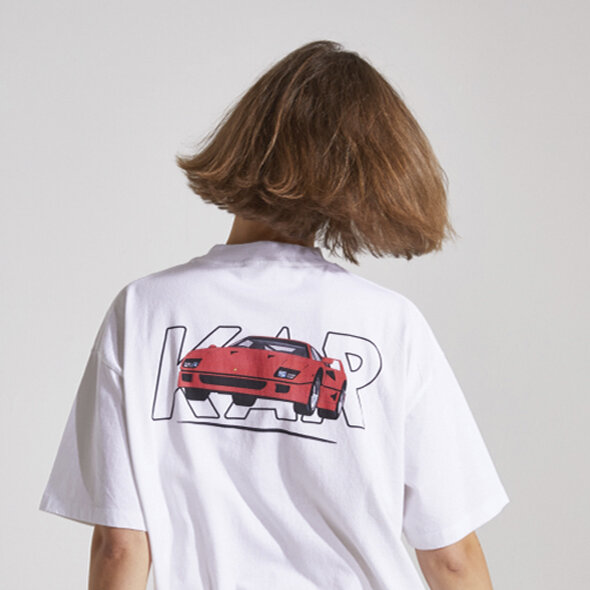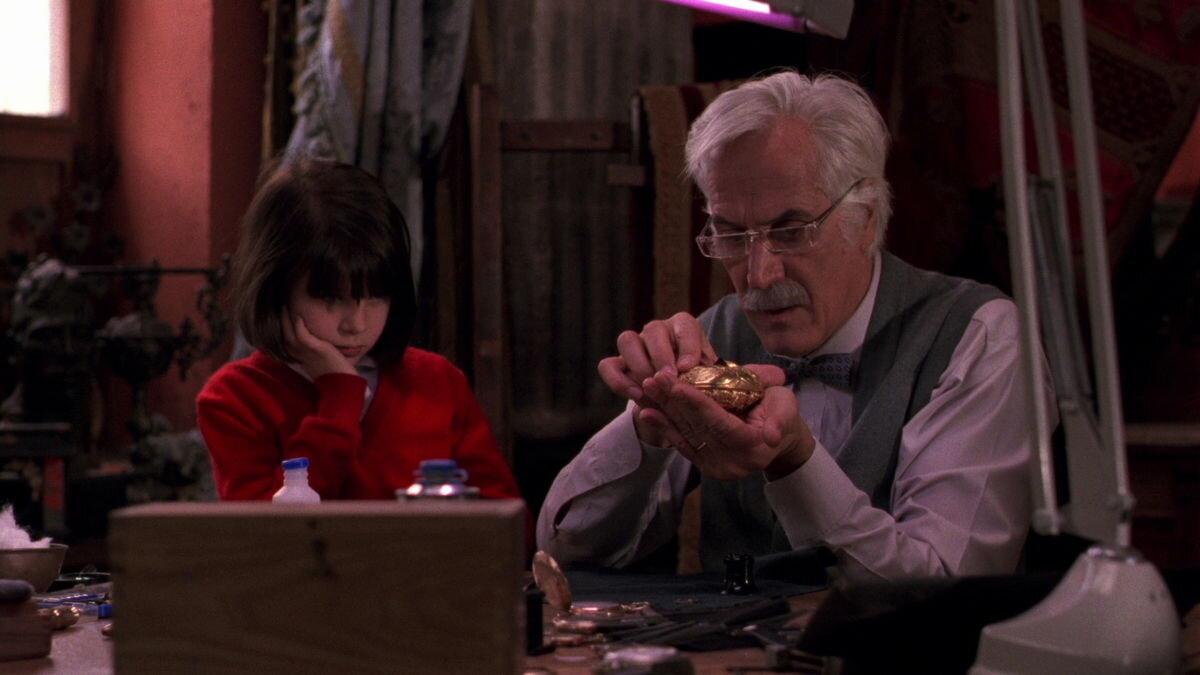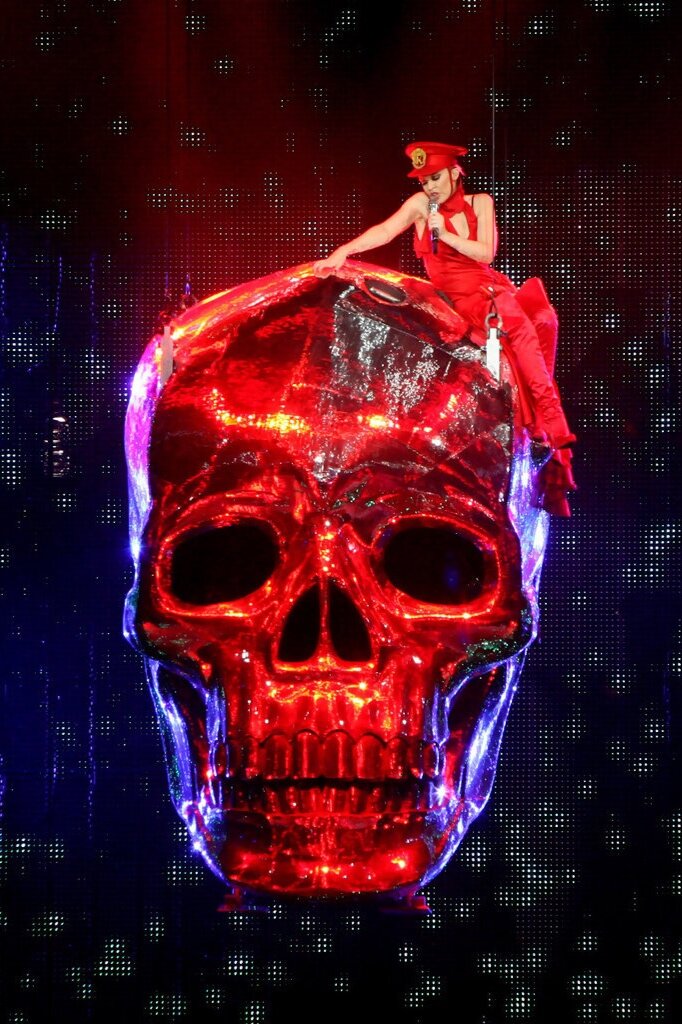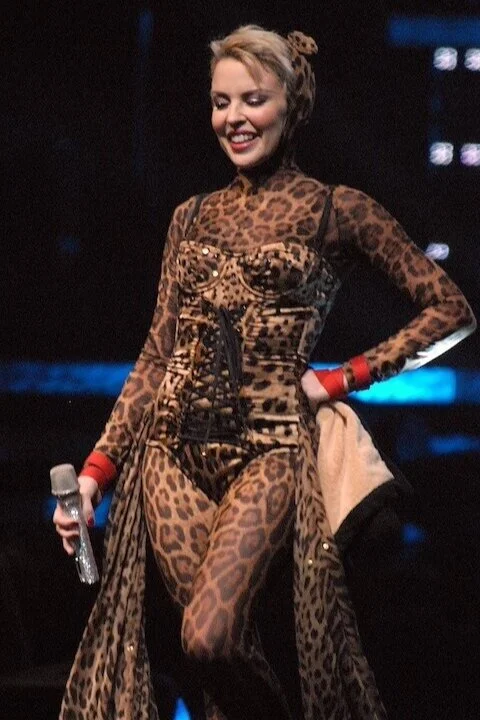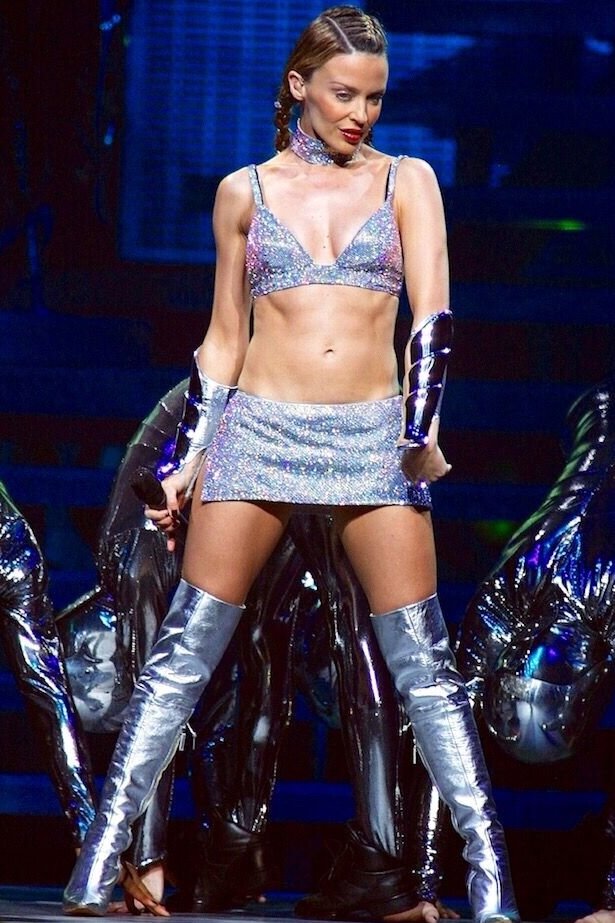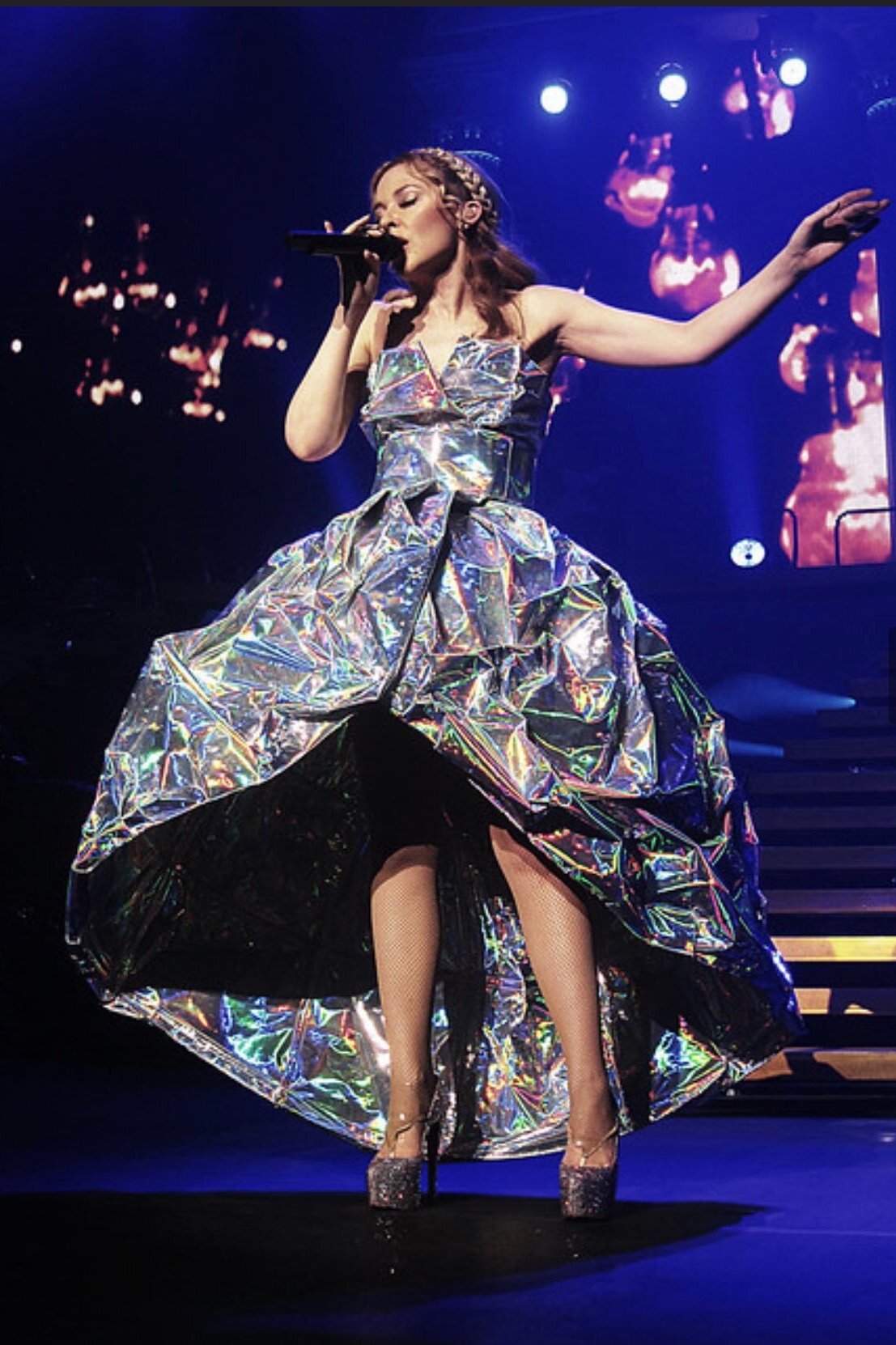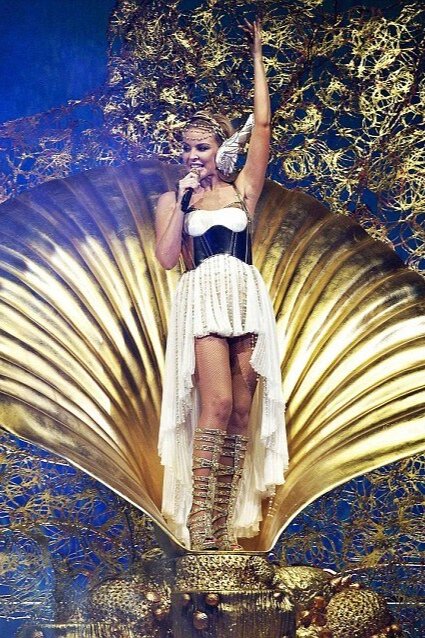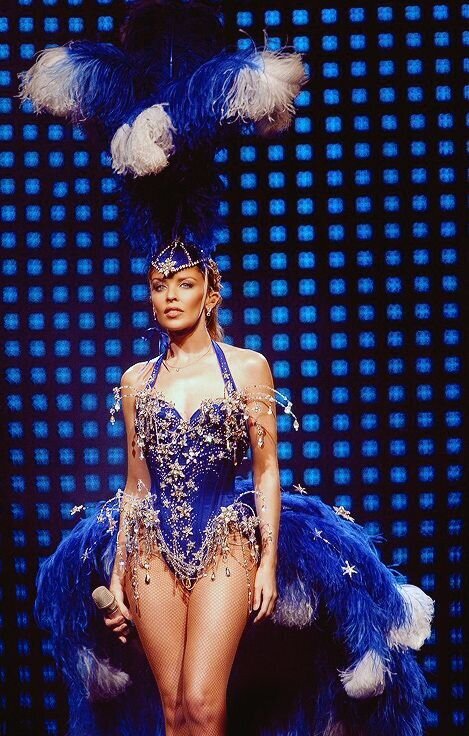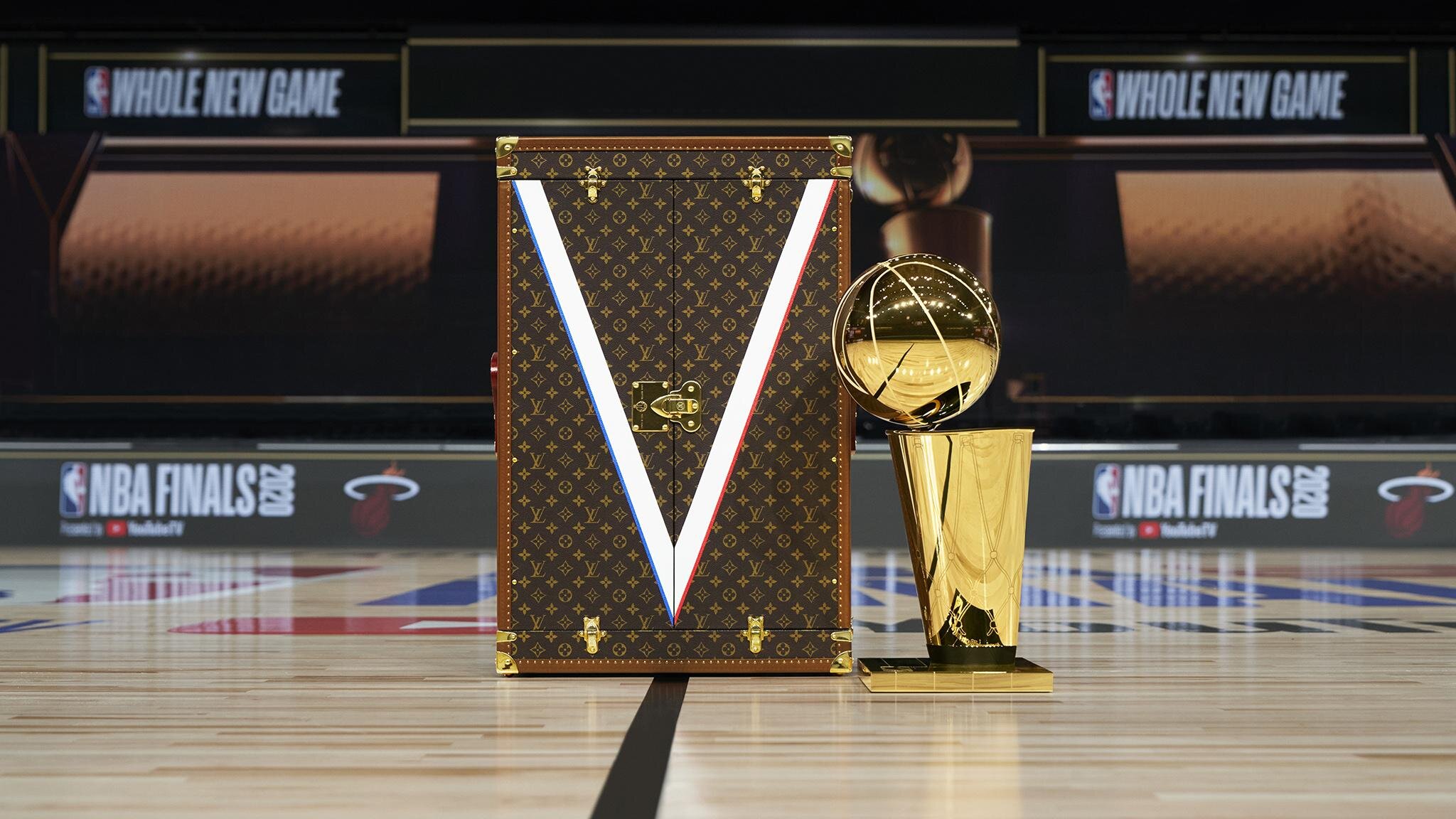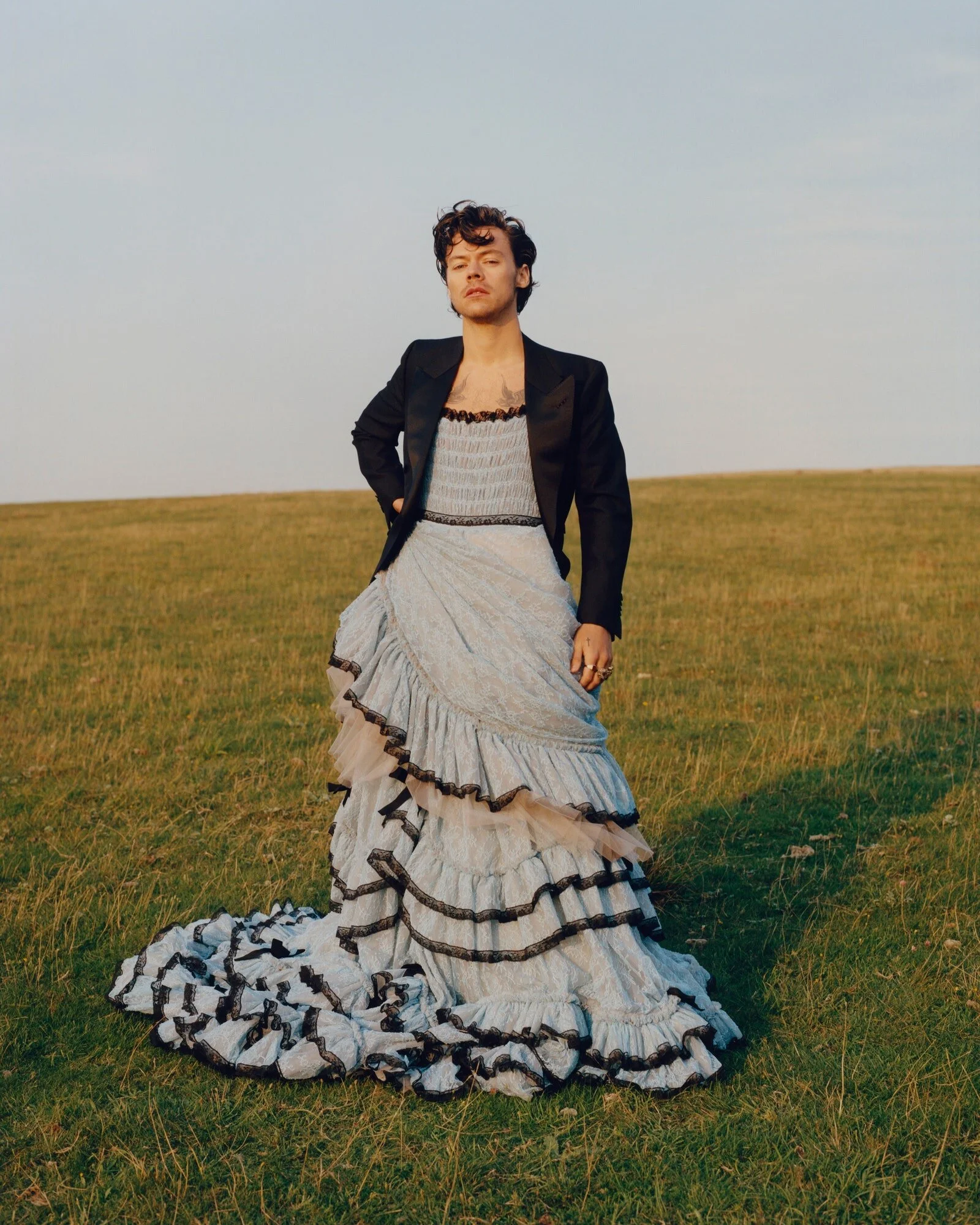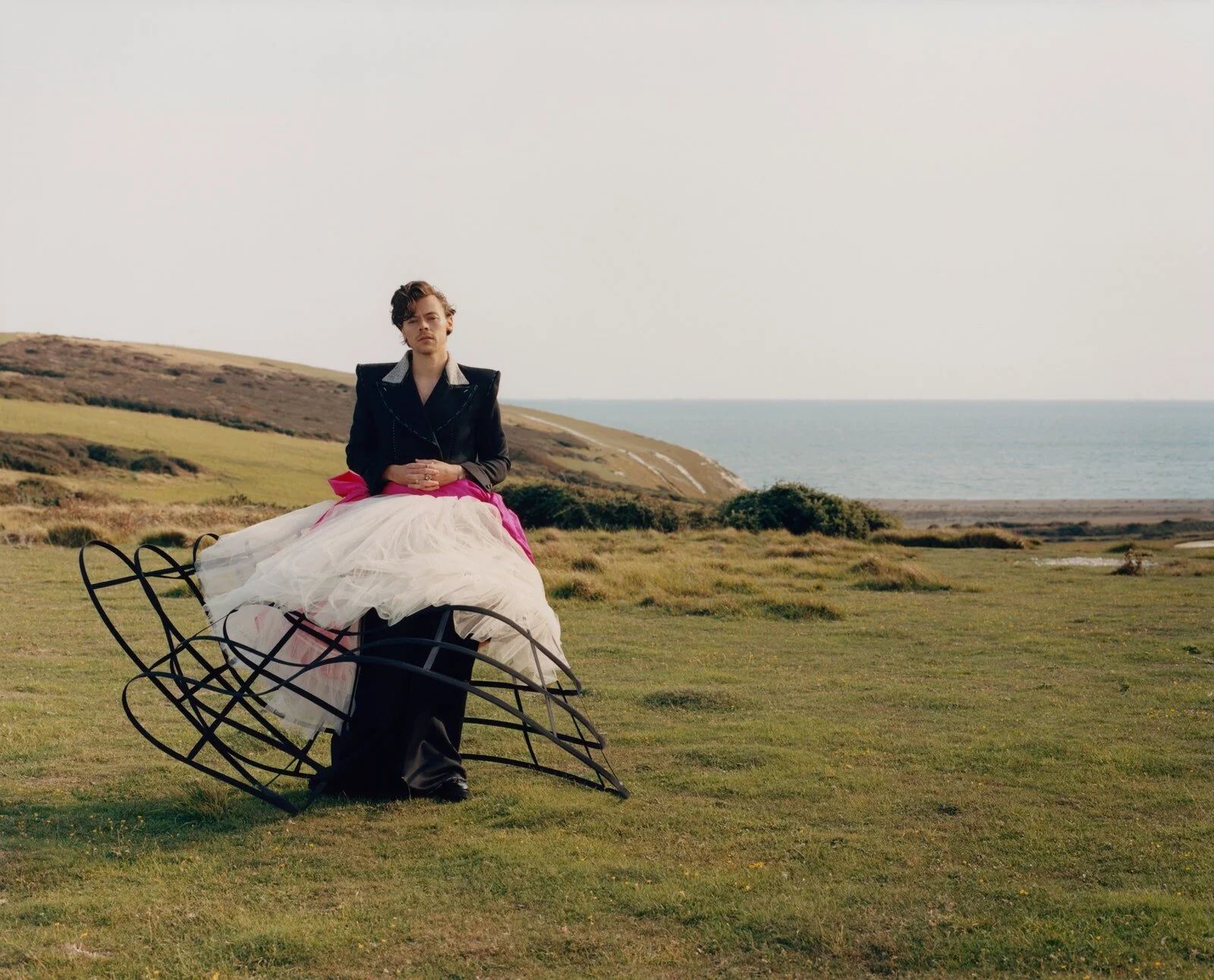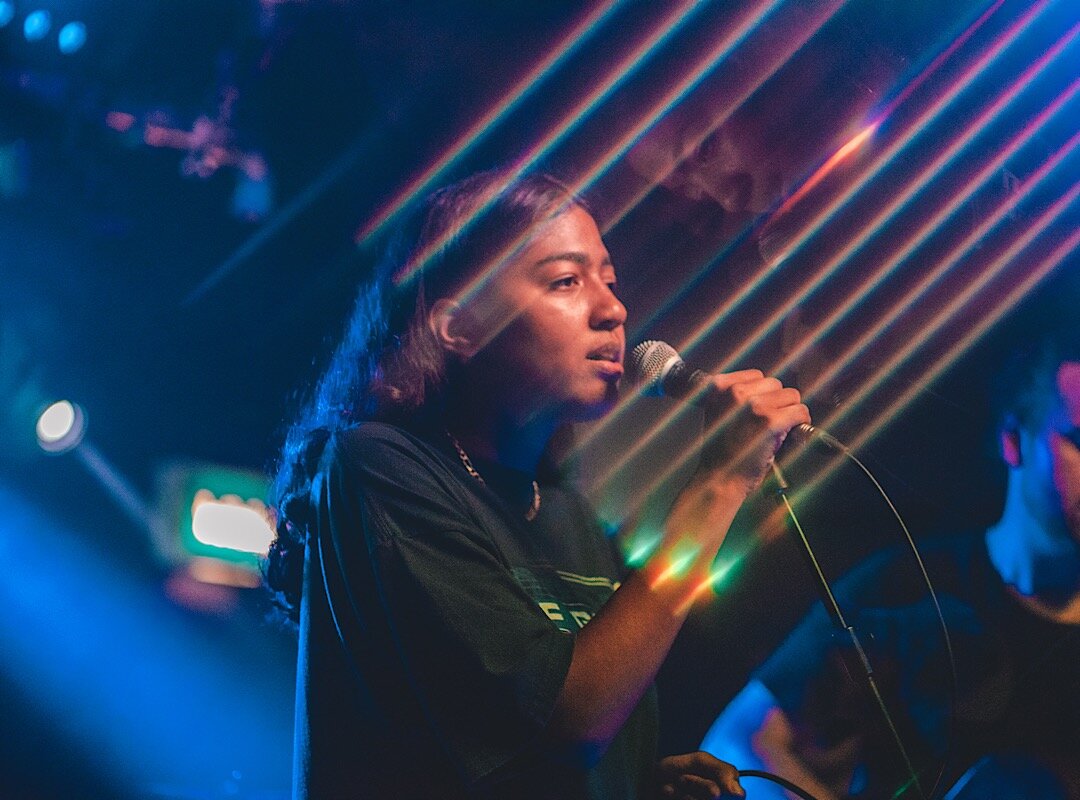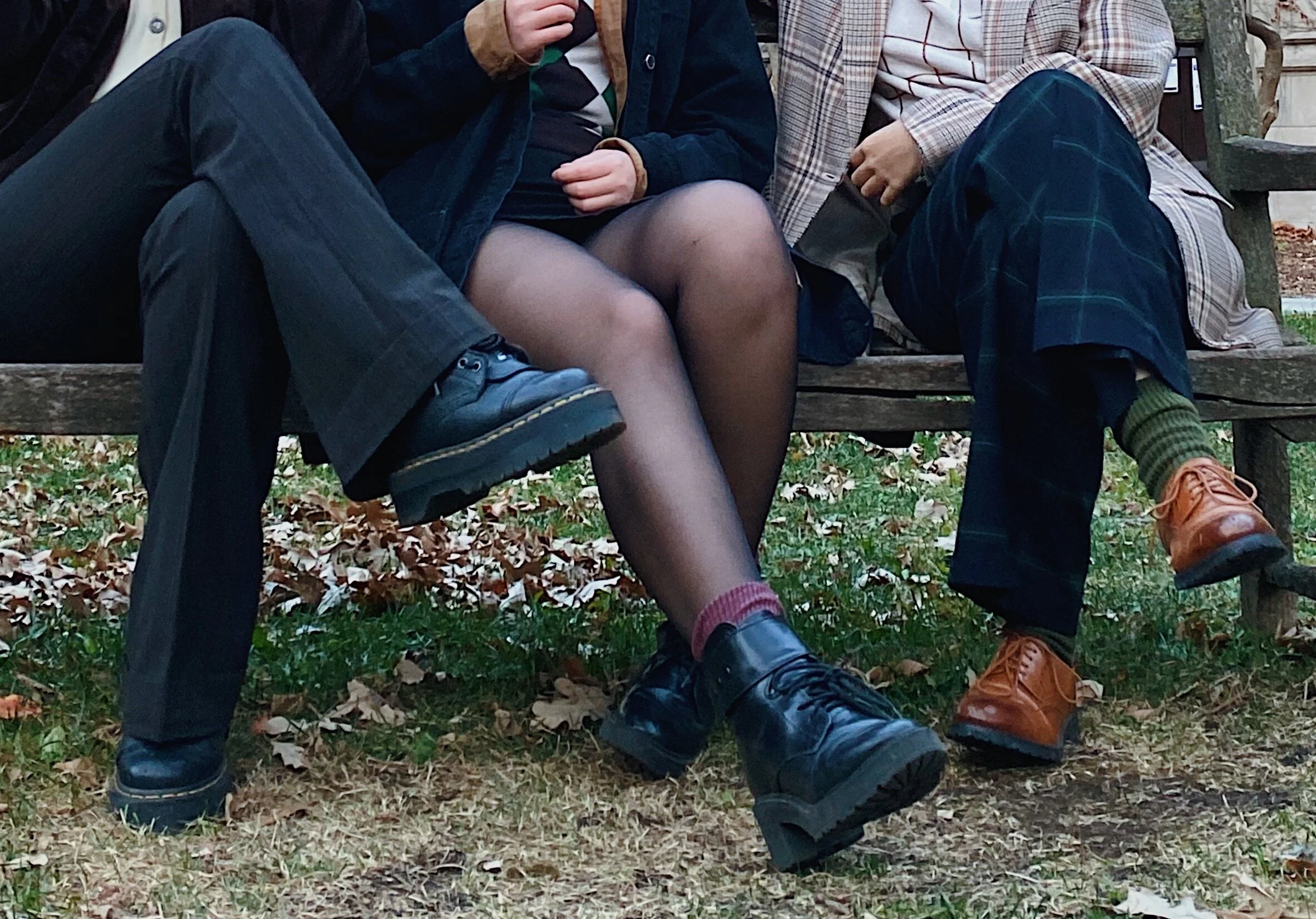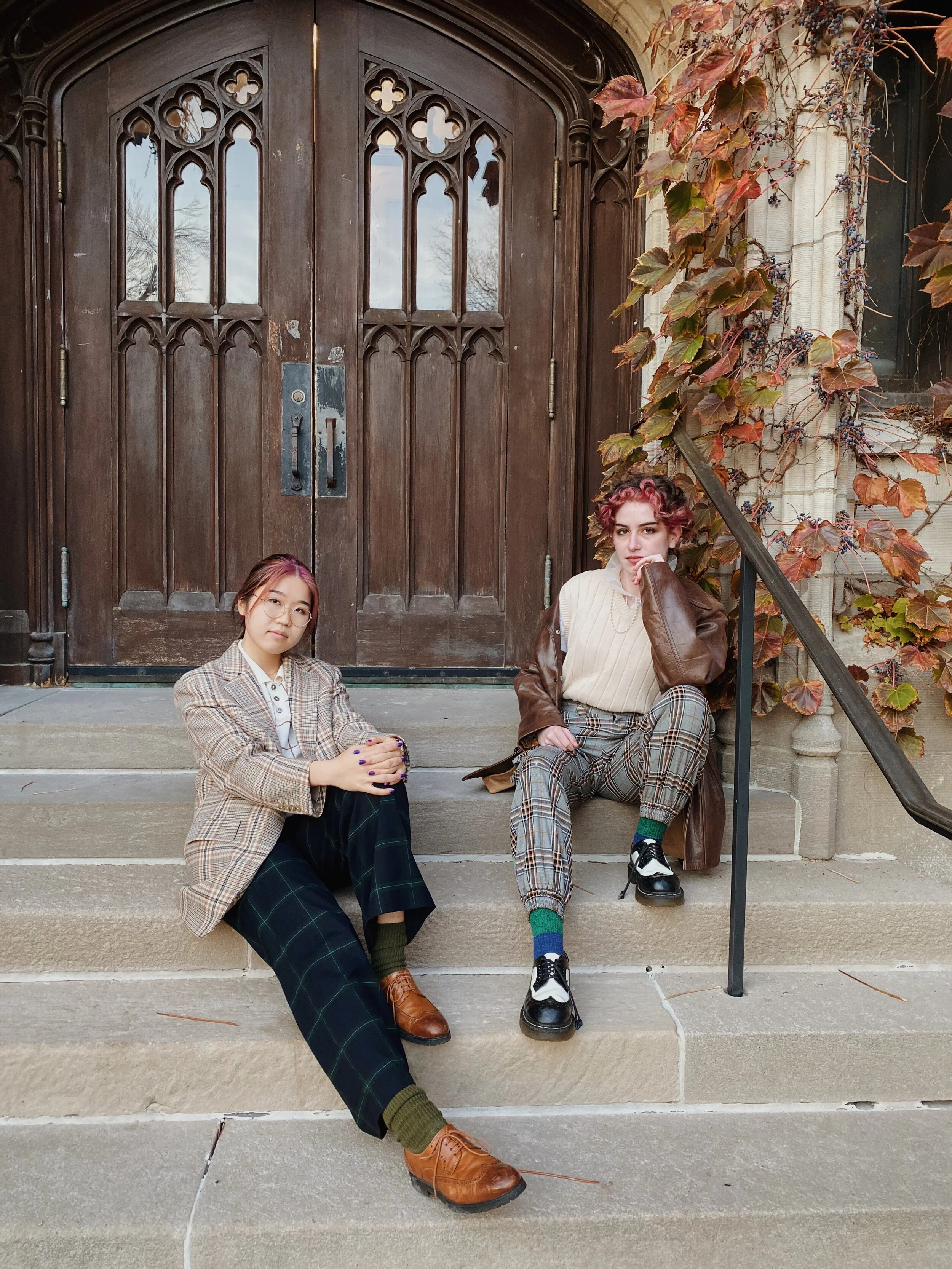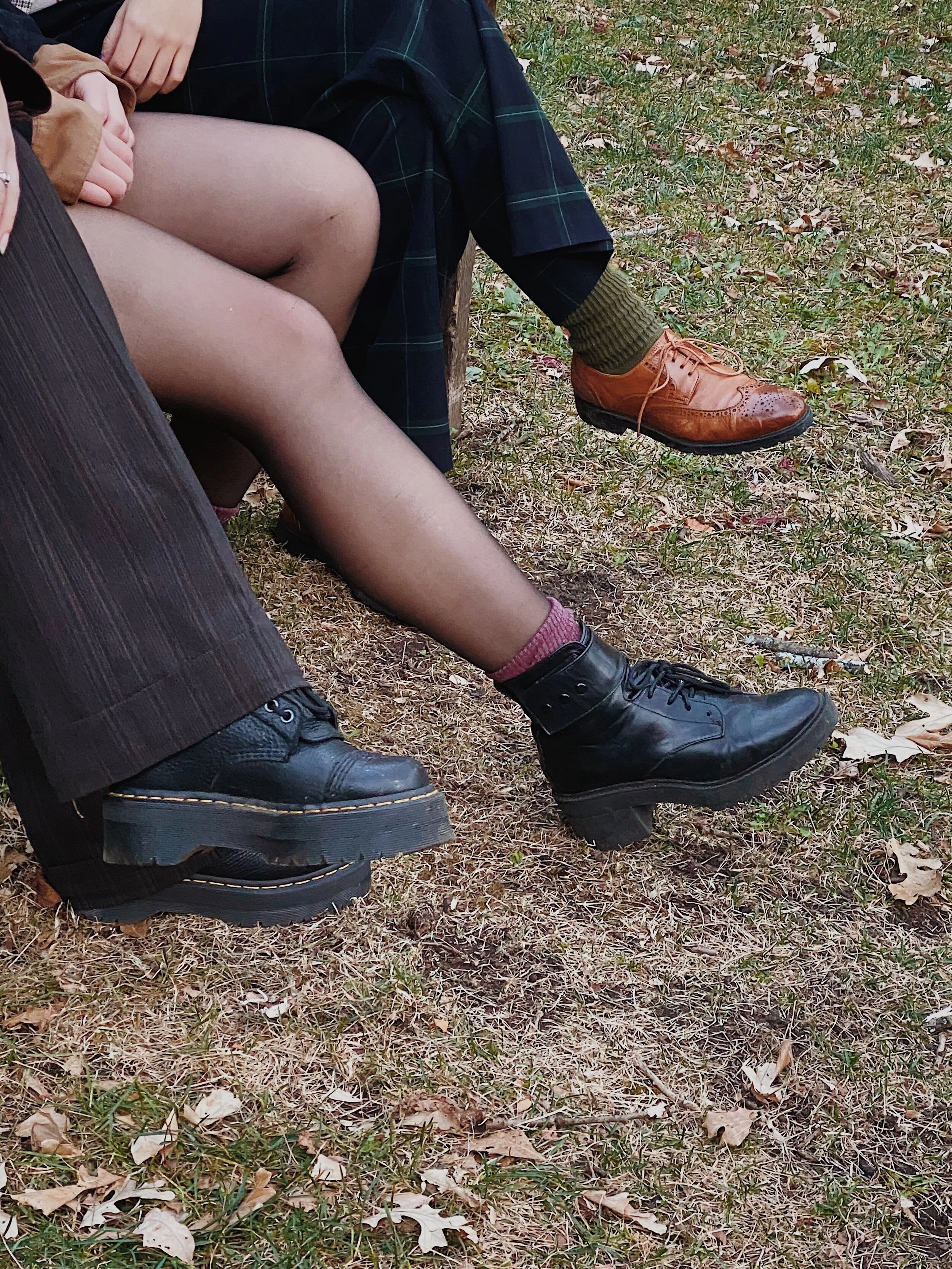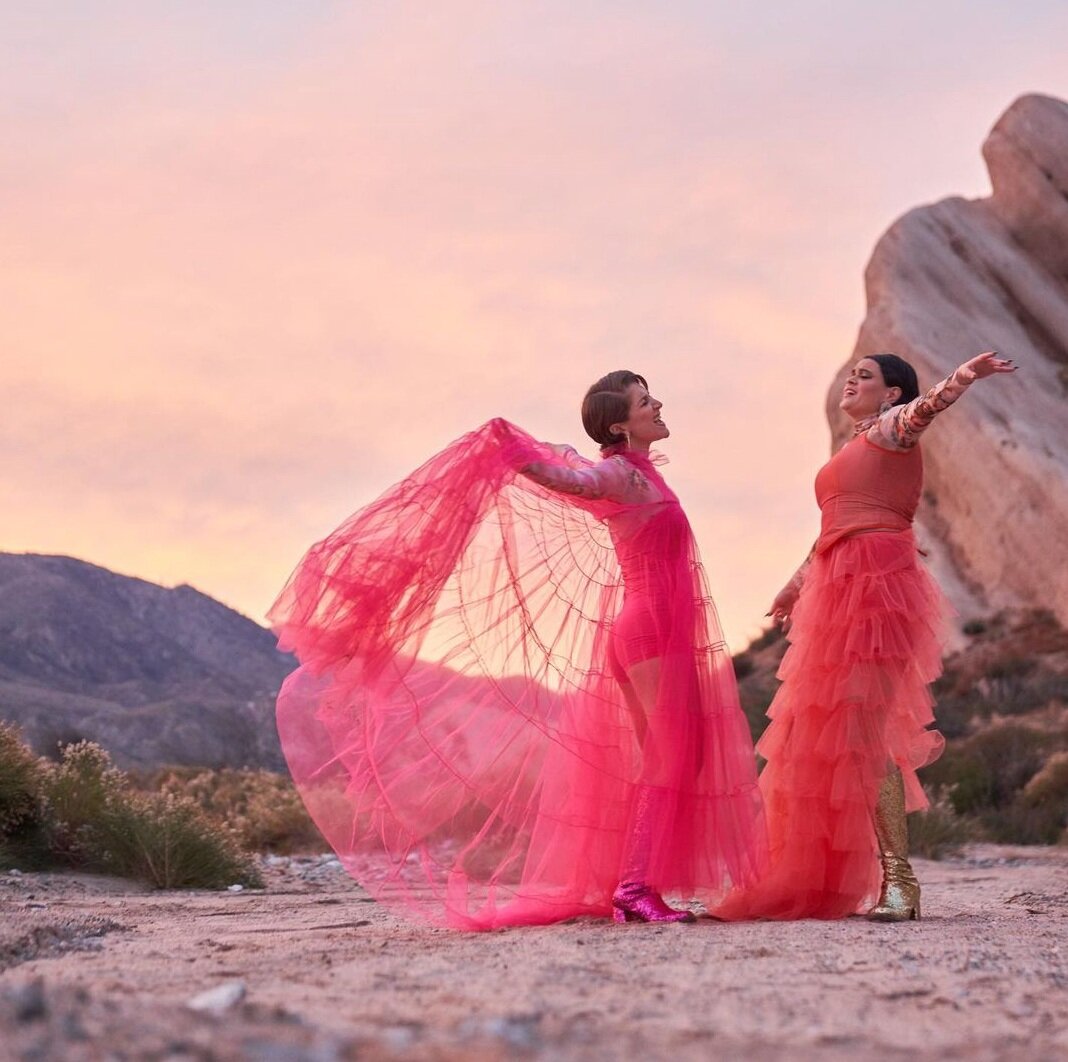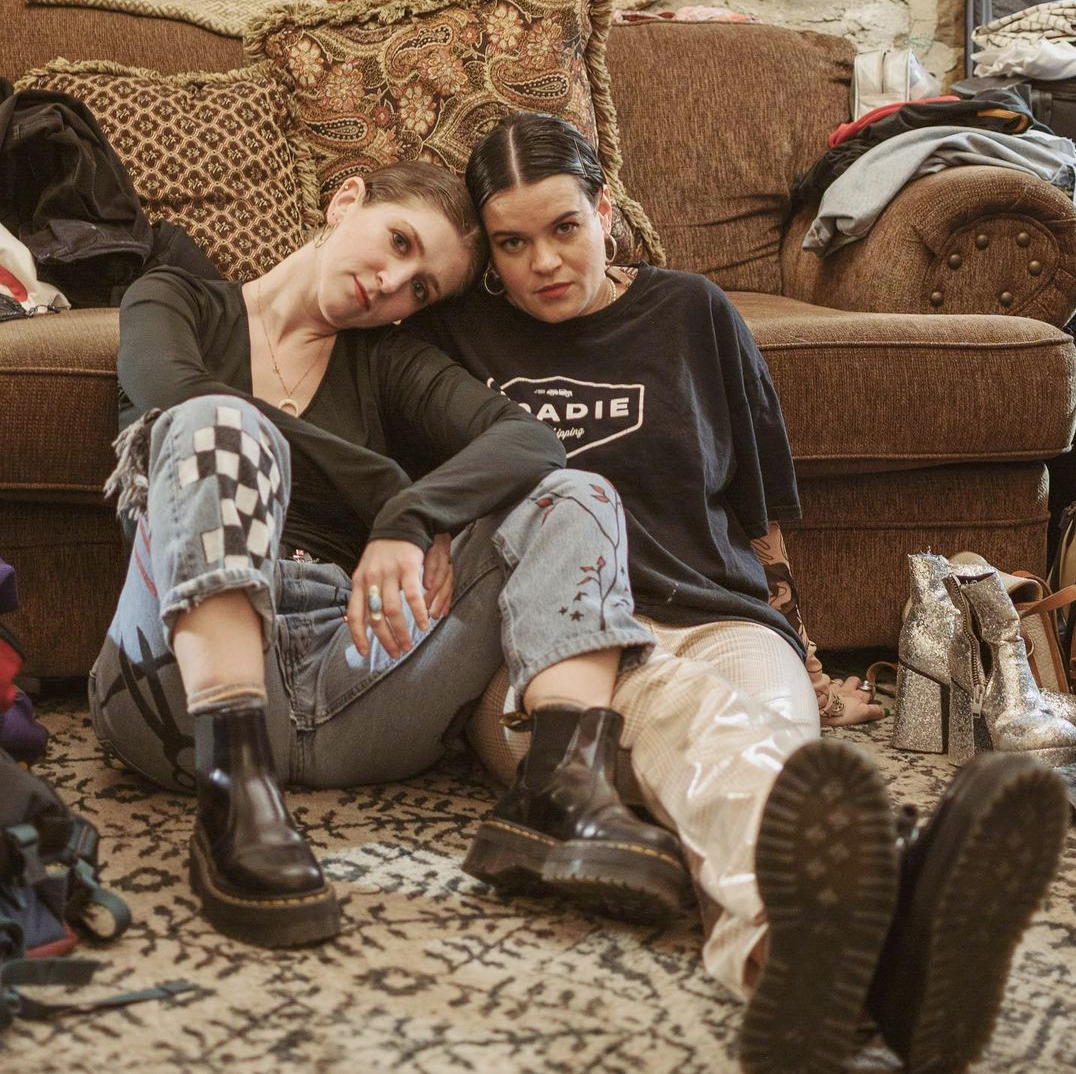Welcome to Cabinet of Curiosities, my new series on the blog that unpacks the distinctively Gothic imagery that permeated Avant-Garde Fashion shows at the turn of the new millennium! From sanitariums to sanctums, from highwaymen to vampires to ghosts, the worlds and figures of this fashion moment seem like something straight out of a novel, and yet through the space of the fashion show, the novel takes an entirely new form. This series aims to unpack this 21st century Gothic revival as a symptom of something larger beyond the stage of the catwalk, and more broadly, prod at why fashion, in particular, became a major vehicle of this revival. This is the Cabinet of Curiosities, a tour of our world told through the haunted remains of collected objects.
CW: Nudity,
In the flurry of fashion week during the Fall 2000 shows, British designer Alexander McQueen presented the fashion press with an image that left them in an uneasy state of tension. Staging his show around a giant mirrored box, McQueen had very mischievously forced the fashion elite to come face-to-face with their own steely reflections, and should they fear their own stare, they had the option to either pick apart their comrades or drop their heads to their feet, a gesture of fear of being watched and a sign of respect to the legendary enfant terrible of fashion. Though the game of control didn’t stop there, even more cruelly, McQueen left these poor editors to meet their own cold gazes for nearly an hour thanks to fashion week’s signature lack of punctuality, and so, for a fun sixty minutes, McQueen had forced fashion’s finest into the scariest staring contest in London, all while surrounded by the unnerving pulse of a heartbeat.
Eventually, the lights outside the box went down, and the lights within the box went up, freeing the fashion press from their own eyes and instead, revealing the real trapped victims: a slew of bandaged models, spinning around the padded walls of McQueen’s makeshift sanitarium.
Left (via): Mirrored Box for Voss, Alexander McQueen (2000).
Right (via): Meme depicting the face crack of the millennium, Rupaul’s Drag Race All Stars 2 (2016)
The glass walls of this box were actually two-way mirrors, the kind you may find in surveillance rooms, or more contemporarily, in the “face-crack of the millennium” reveal on RuPaul’s Drag Race All Stars 2. Because the lights were turned off outside and on inside, the models were forced to confront their own reflections, and with bandaged heads and increasingly dramatic garments, they were reflections that seemed difficult to face.
On the left (image via): 19th century Japanese Screen, Pine trees and cranes, Yokoyama Taikan (1868-1958)
On the right (image via): Japanese-inspired straitjacket, Alexander McQueen, Fall 2001 Fashion Show
One model stepped out in a recycled Japanese screen, with her hands crossed in front and tied behind her like a straitjacket, while another stepped out in a skirt made entirely of mussel shells. As the final model took her lap around her makeshift asylum, the pulse of the show grew louder, when suddenly the walls of another large box within the box crashed down, revealing the British fetish writer Michelle Olley reclining on a lace-covered sofa, breathing through a tube, completely naked and covered in moths, resulting in one of the most talked-about images in fashion history.
Voss Finale, featuring British fetish writer, Michelle Olley in Reference to John Witkins Painting, Sanitarium. image via
Praised for his ingenuity, McQueen went on to be recognized as a designer who epitomized the modernity of his era, producing more and more spectacular shows that hinged on the brand’s signature eeriness. Yet, despite the apparent contemporariness of his spectacles, McQueen, among other designers, unearthed a history of images from centuries prior that returned to the main stage of storytelling to haunt this new age. Perhaps in the mussel shell skirts, we can find echoes of the 19th century Ragpicker, a character from Victorian novels who survived through the repurposing of items discarded by the opulent upper class. In the refashioned Japanese screens, we may re-imagine the distinctive Orientalist ornaments that filtered the poetic work of Oscar Wilde and his party of Aesthetes. And in the reveal of the haunting final image, we may come face-to-face with the dark secret haunting the glamour that surrounds it. Here Olley’s naked, moth-covered body stands (or I suppose sits) as a refashioned Painting of Dorian Gray – a dark presence haunting the beauty outside its walls.
On the left: Ragpicker in Paris c. 1899. (image via)
On the right: Erin O’ Connor in a dress made of Razor clams in McQueen’s Voss Show (image via)
McQueen’s ‘Voss’ show is part of a larger curious collection of runway shows that characterized the era. While supposedly obsessed with cultural novelty, this faction of fashion shared a distinctive thematic likeness to major works of Gothic fiction from centuries prior, signaling a kind of contemporary revival of Victorian Gothic romance.
But the question I keep coming back to is why was fashion such a prominent arbiter of this major thematic resurrection? Of all the camps of storytelling media that captured the digital era, what made clothing so special?
Semiologist Roland Barthes might argue that this refashioned Victorian revival is a product of fashion’s relative ambiguity and conduciveness to transformation. His seminal work on fashion, The Fashion System, outlines how fashionable garments rarely speak for themselves, but rather, they are spoken for by a whole range of fashion voices. Fashion’s conduciveness to operating as a vehicle for meaning then lends itself to embody entirely contradictory and often irrational characteristics, hence why we can conflate black dresses with some kind of inherent sexiness or white shirts with some apparent studiousness. Relieved from any system of logical meaning, fashionable garments can be simultaneously modern and historical, or Victorian and contemporary; they can stand as placeholders for more profound questions about the world, or they can just be beautiful, expensive commodities. Fashion lends itself to a very unique choose-your-own-story kind of narrative in this way.
Image 1 (via): Devon Aoki by Nick Knight for Alexander McQueen, 1997
Image 2 (via): Diesel, Stay Young/Save Yourself Campaign, Fall 2001
Image 3 (via) Sean Ellis, The Clinic for the Face Magazine 1997.
Fashion scholar Caroline Evans may add onto that argument through her unpacking of modern fashion’s obsession with deathliness in her seminal work on the era Fashion at the Edge: Spectacle, Deathliness, and Modernity, in which she diagnoses 21st century fashion’s proclivity for gothic imagery as a symptom of larger cultural shifts at the turn of the millennium. From major advancements in the tech scene, to a burgeoning posture of queer communities across major fashion capitals, to a new age of commodity fetishism and toxic productivity, the digital era in many ways embodies a refashioned steam era, catered to the nuances of contemporary culture. Through this lens, we may see how fashion shows inherited the former legacy of a particular literary movement, and of course, with that, we have to ask ourselves what that says about today’s consumers and their ‘reading’ habits.
On the left (via): Frontispiece for “The Horla”, by Guy de Maupassant
On the right (via): Erin O’ Connor posing against the mirrored walls of McQueen’s Voss (2001) box.
And so, I welcome you all on this adventure through fashion’s gothic revival. Throughout this series, I hope we can reimagine fashion as today’s modern Victorian novel (whose very name suggests a kind of constant changing!), ultimately reshaping our initial concepts of both fashionable garments and narrative storytelling for today’s crowd of curious consumers.
Featured image via















